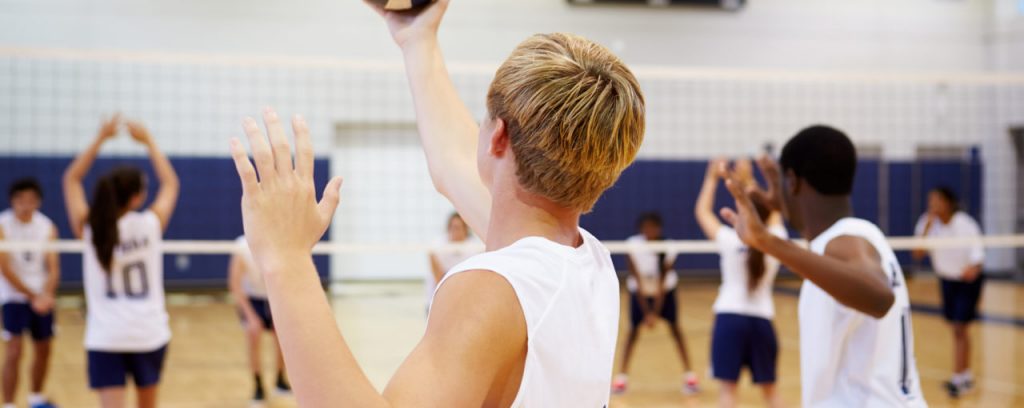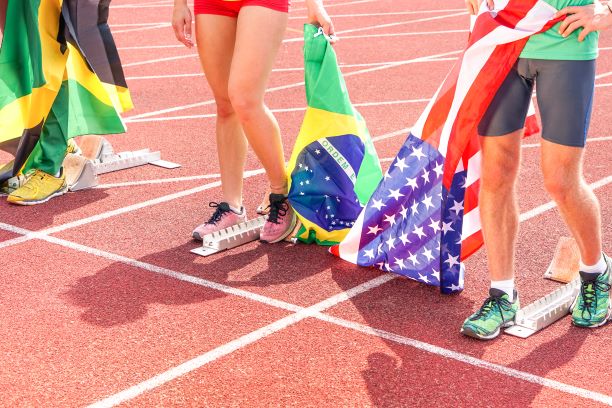The Role of Nutrition in Sport Concussion Recovery

Sport concussions have been a hot topic over the past few years, with the launch of the Canadian Guideline on Concussion in Sport in 2017 and SIRC’s associated We are Headstrong campaign, and the passing of Rowan’s Law (Concussion Safety) on March 7, 2018 in Ontario. Despite increased awareness, recognition and treatment pursuits, the role of nutrition…
MATCH: Spotlight on a Canadian Study on Sport Participation

In this day and age, everything is at our fingertips. However, the investigation of complex behaviours is still a process that takes time. The intricate nature of sport and physical activity behaviour, especially amongst children and adolescents, is an area that many Canadian policy makers, administrators and other sport system stakeholders are trying to better…
NBA sleep deprivation
Sleep loss reduces physical performance, eye-hand coordination, and attention span. Chronic sleep loss contributes to higher risk for cancer, heart disease, dementia and depression. A recent article from ESPN examines the impacts of competition and travel schedules on the sleep patterns, and ultimately the health, of NBA athletes.
Balancing Athlete Performance and Satisfaction at Major Games

Competing at a major international multi-sport games, like the Pan and Parapan American Games, should provide lasting and positive memories for athletes, regardless of where they place at the end of their competition. While much attention is paid to athlete training and preparation leading into the major games, it is becoming increasingly clear that there…
Athletes and Depression
Research exploring elite athletes’ experiences of clinical depression sheds light on symptoms that may be unique to high performance sport, including demotivation, drops in performance, and risk-taking behaviours. Stigma surrounding mental illness may delay the time it takes for athletes to seek help, but an understanding of these symptoms could help reduce the time to…
Exercise and the Immune System
The immune system declines by about 2-3% a year from our 20s, which is why older people are more susceptible to infections, conditions like rheumatoid arthritis, and cancer. However, research from the United Kingdom has found that high levels of physical activity can stall the shrinking of the thymus gland. The thymus gland produces T…
Technique errors in runners
Shin splints, runners’ knee, iliotibial (IT) band pain, and Achilles tendinopathy are common injuries experienced by runners. Research suggests that many of these injuries are the result of simple technique errors. Using 3D infrared cameras, researchers identified common biomechanical patterns, such as side to side pelvis drop and greater forward lean, were more likely to…
Compression stockings
Designed to apply pressure to the lower legs and enhance blood circulation, compression stockings are a relatively new technology in sport performance. A study measuring agility and lower limb muscular endurance amongst female athletes after a soccer match found the compression tights reduced fatigue-related muscle damage. This suggests compressing stockings could provide a significant performance…
Lack of Sleep
Lack of sleep is associated with numerous physical and psychological health risks. Healthy sleep habits include making sleep a priority, maintaining a regular sleep schedule, and setting the stage for sleep by creating a comfortable environment and limiting distractions from noise and light immediately before bed (including electronic devices!).
Sleep Infographic
Today is World Sleep Day. Are Canadians getting enough sleep? According to the Public Health Agency of Canada, 1 in 2 adults have trouble going to sleep or staying asleep; 1 in 5 adults do not find their sleep refreshing; and 1 in 3 adults have difficulty staying awake during waking hours. Find out more…